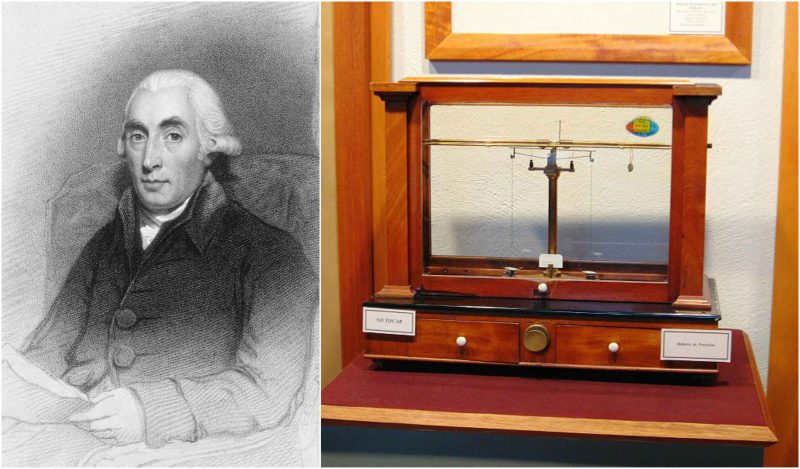Joseph Black was one of the great Scots that humanity will always be grateful to. He was the scientist who discovered magnesium, latent heat, specific heat, and carbon dioxide.
Joseph was born in 1728, in Bordeaux, France where his family was engaged in the wine trade. He attended a grammar school in Belfast and later enrolled in the University of Glasgow where he studied medicine. Four years later, Joseph continued his studies at the University of Edinburgh where he wrote his doctorate thesis on using the salt magnesium carbonate for treating of kidney stones.
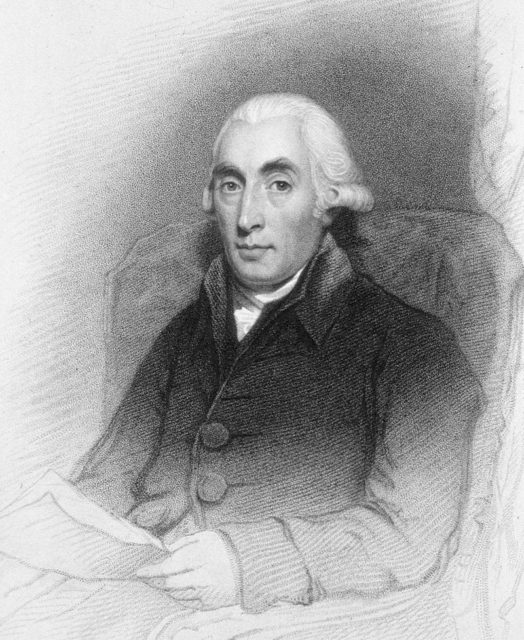
Doctor Black didn’t have much equipment and supplies to make his experiments but rather, as any other 18th-century scientist, his chemistry was based on the five “principles” of matter: water, earth, fire, metal and salt. Black added air as the sixth one after he confirmed the presence of what he called “fixed air” or carbon dioxide. His researched program was based on questions concerning the mutual interaction and reaction of the six principles in various forms and mixtures. To describe the force that held such combinations together, Black used the term “affinity”.
While Black was still a student, he developed the analytical balance (often known as lab balance) based on a light-weight beam balanced on a wedge-shaped fulcrum.On each arm, there was a pan where the sample or standard weights were placed. It became an important scientific instrument in most of the chemistry laboratories because it exceeded all other balance at the time.
In 1761, Joseph Black marked the beginning of thermodynamics with his theory of latent heat. He observed the application of heat to ice at its melting point and deduced that the heat doesn’t cause a rise in temperature of the ice/water mixture, but rather an increase of water in the mixture. Additionally, he concluded that the application of heat to boiling water is not causing rise in the temperature of the water/steam mixture, but rather an increase in the amount of steam.
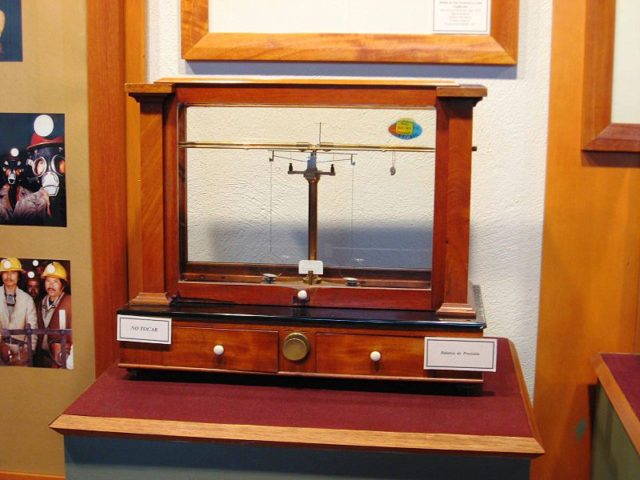
He concluded that the heat applied must has had combined with the ice particles and boiling water and became latent. He also showed that different substances have different specific heats.
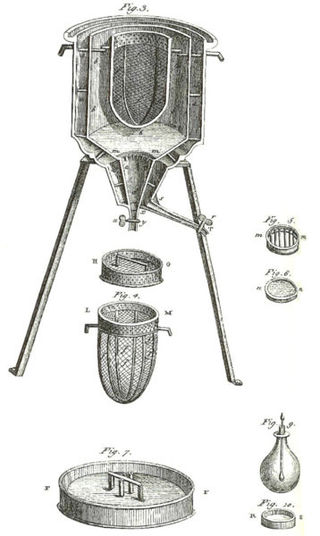
The theory of latent heat contributed immediately not only in the development of abstract science but also in the development of the steam engine. It helped Black’s friend from Glasgow, James Watt, to improve the efficiency of the steam engine invented by Thomas Newcomen. Further, Black provided not only a theory that helped Watt but also financing and support for his research in steam power.
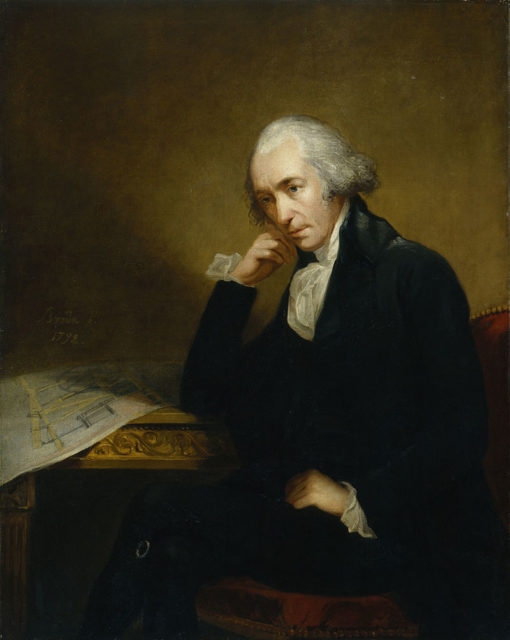
After he had established the theory of latent heat, Black explored the properties of gas produced in various reactions. He discovered that when limestone (calcium carbonate) is heated or treated with acids, it produces a gas that he called “fixed air”, which was concluded denser than air and did not support either flame or animal life. Black also found out that bubbling through an aqueous solution of lime (calcium hydroxide), it would precipitate calcium carbonate. That’s how he illustrated that carbon dioxide is produced by animal respiration and microbial fermentation.
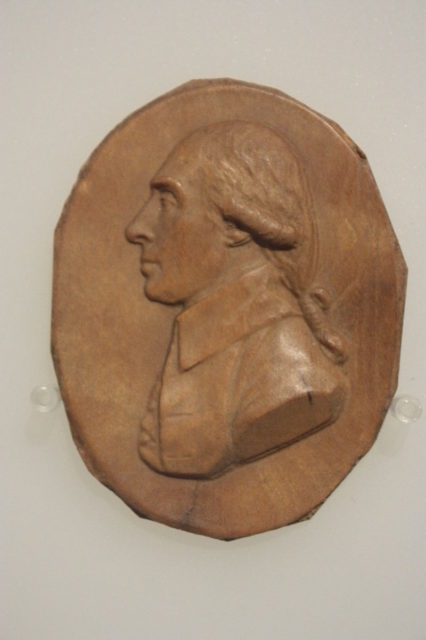
Joseph Black was a professor of Anatomy and Chemistry at the University of Glasgow for ten years, until 1766 when he succeeded his friend and former teacher, William Cullen, as a Professor of Medicine and Chemistry at the University of Edinburgh. He remained at this position for 30 years.
In 1783, Black became one of the creators of the Royal Society of Edinburgh. For twelve years, from 1788 to 1790, he was the President of the Royal College of Physicians of Edinburgh. Among the many roles he played as a doctor and chemist and the numerous positions that he held, Black was also appointed as the principal physician to George III in Scotland.
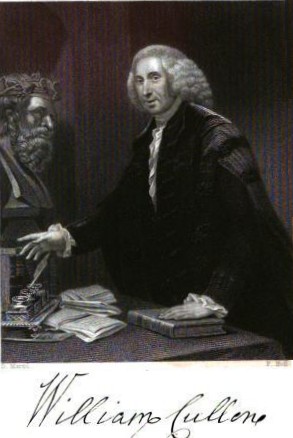
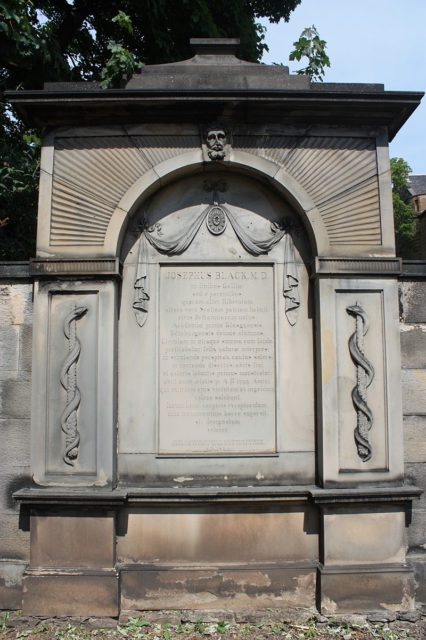
He was also a member of the Poker Club and associated with Adam Smith, David Hume, and the literati of the Scottish Enlightenment.
He never married and died peacefully in 1799, at the age of 71. He was buried in Greyfriars Kirkyard.
